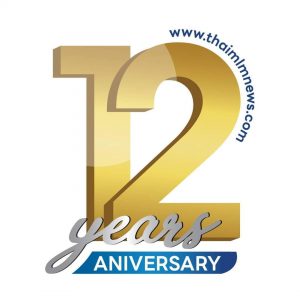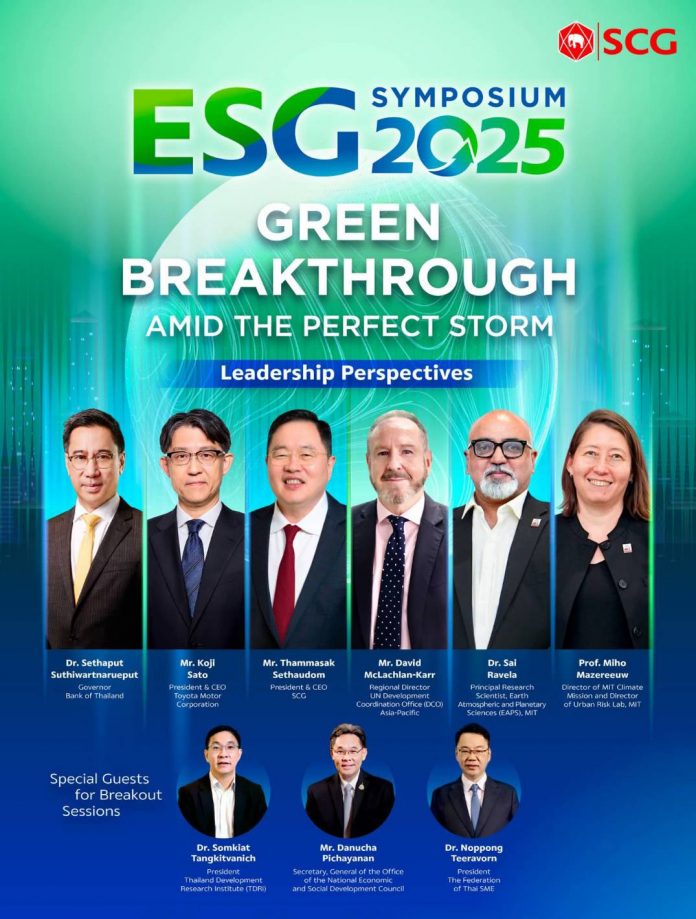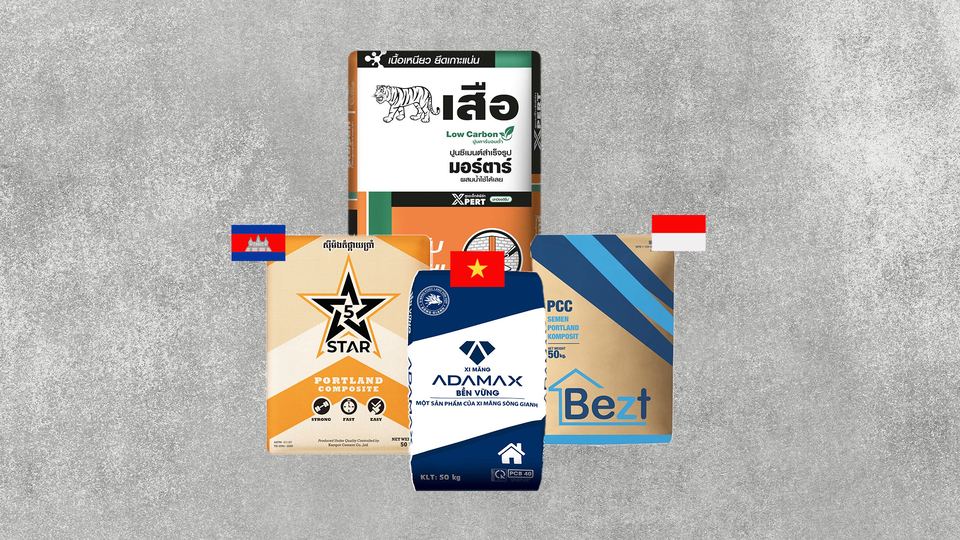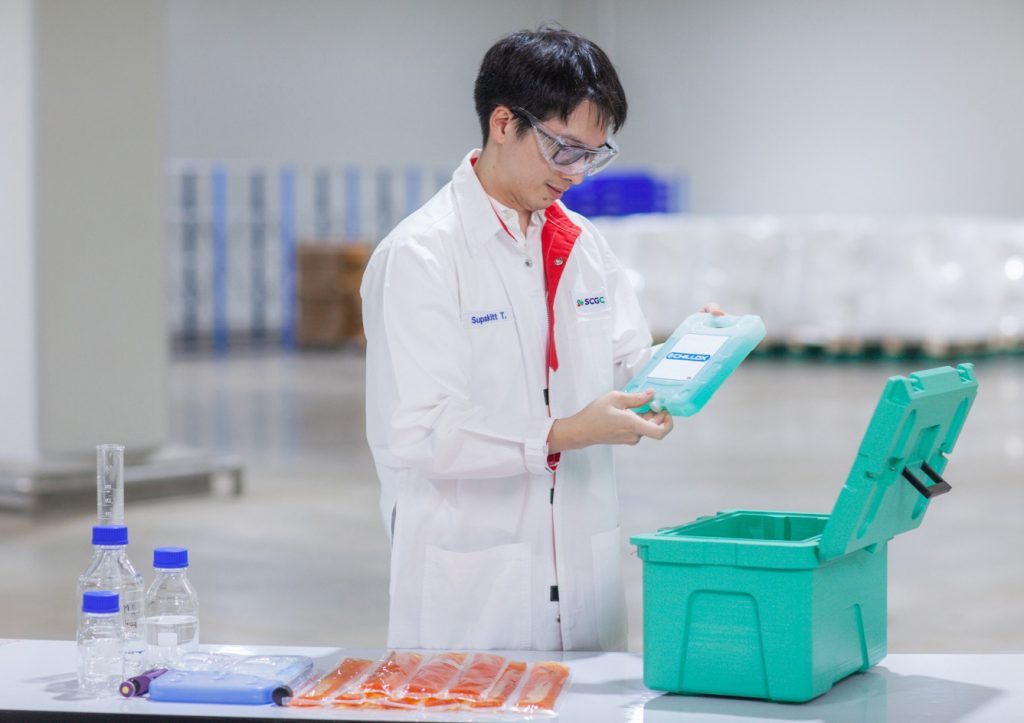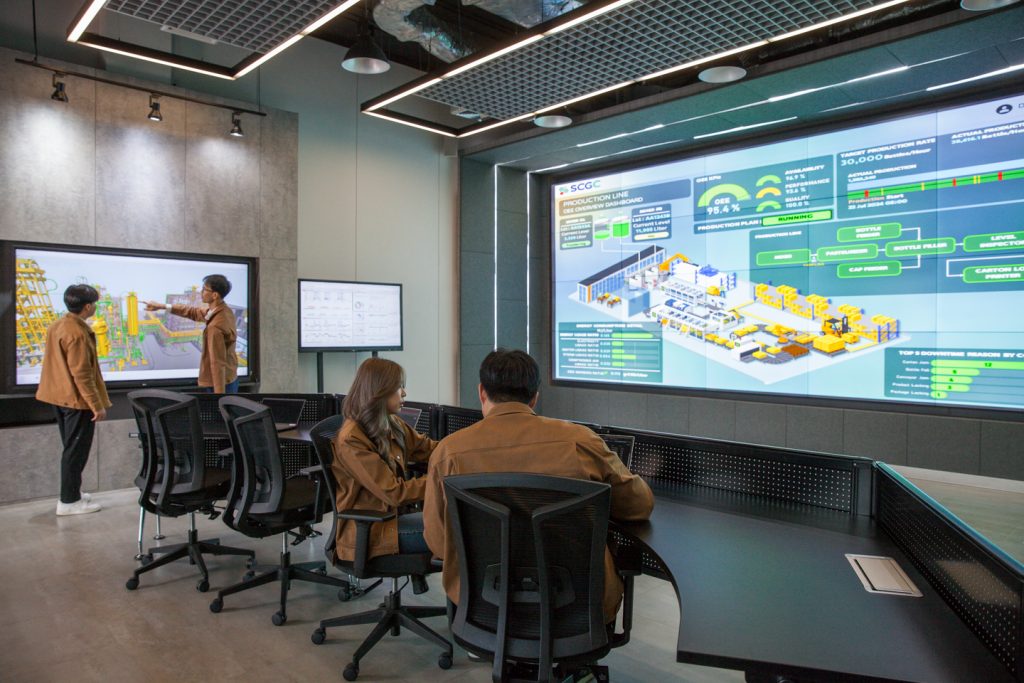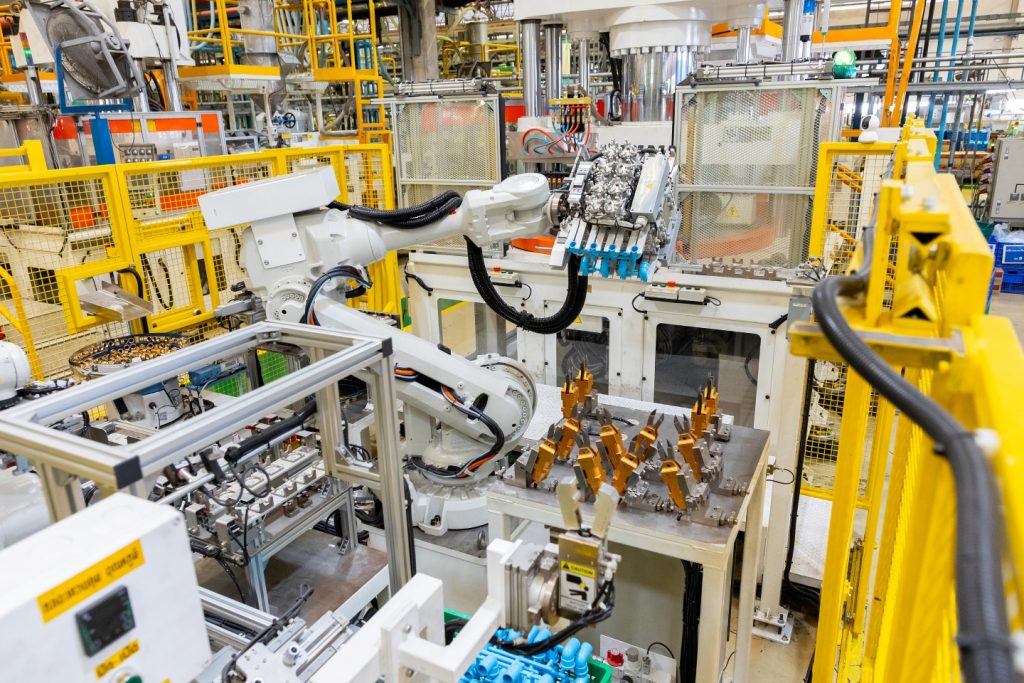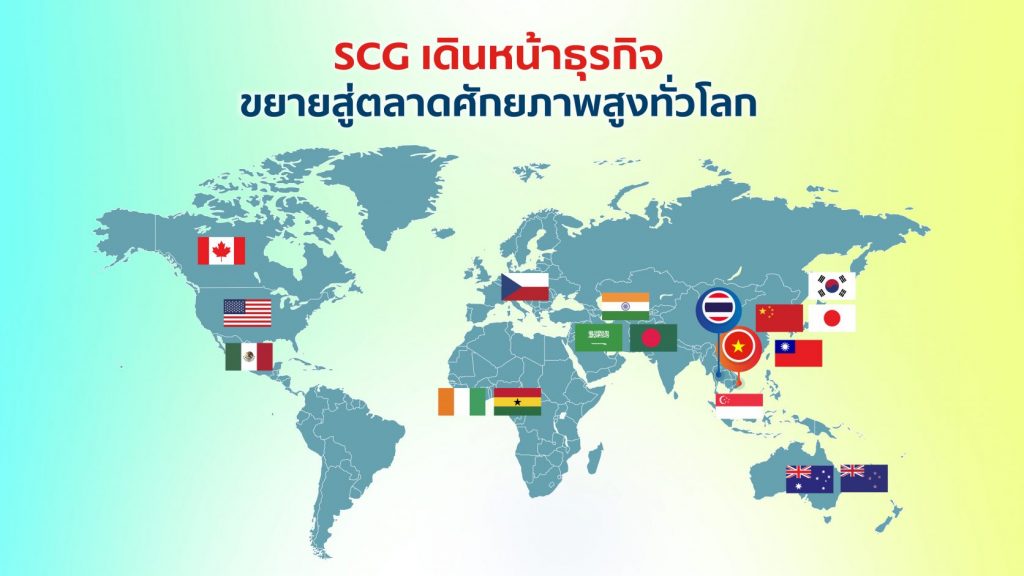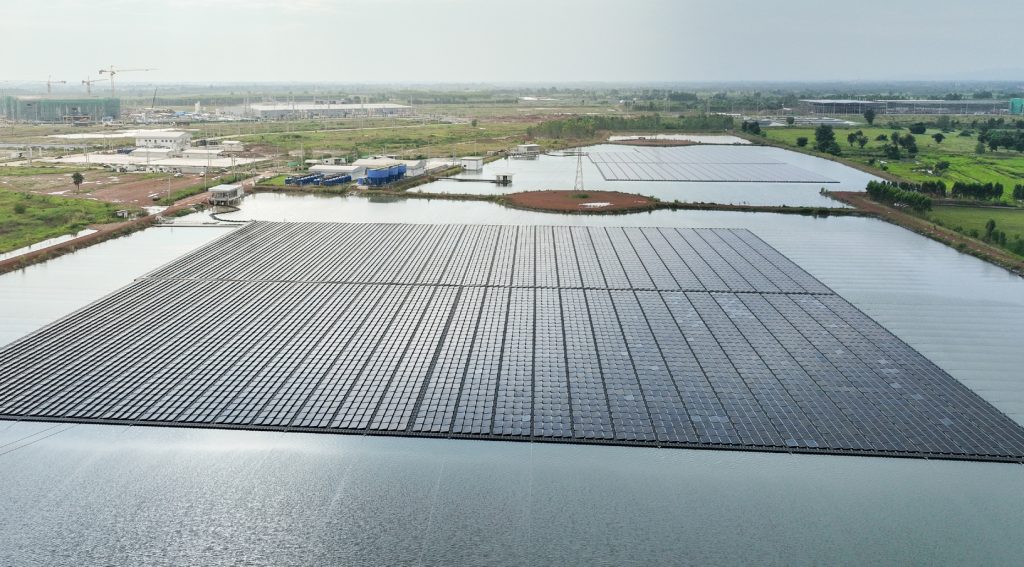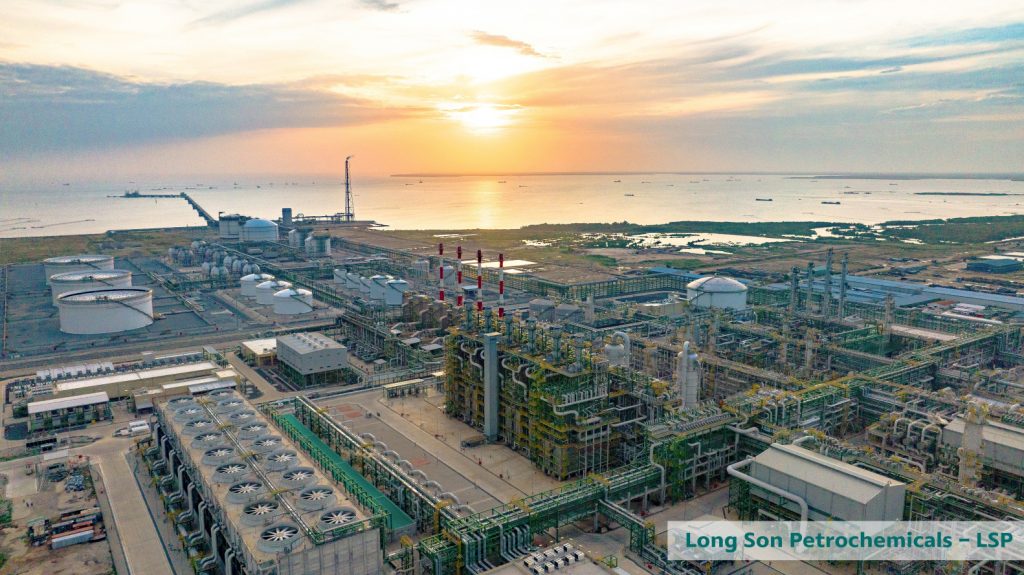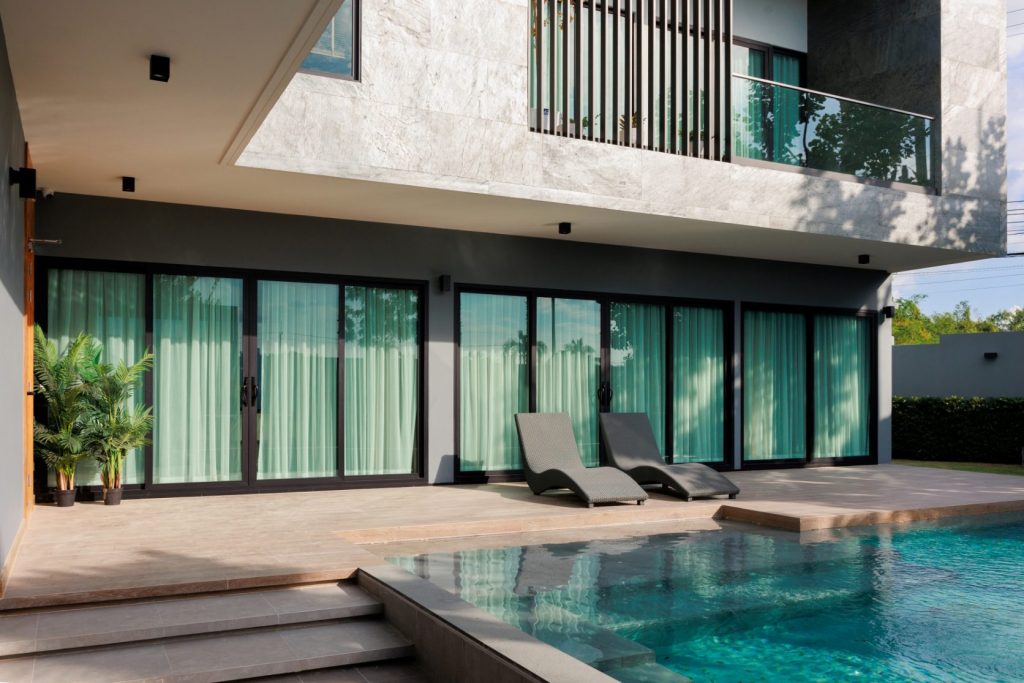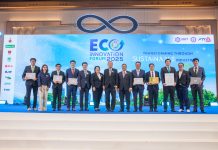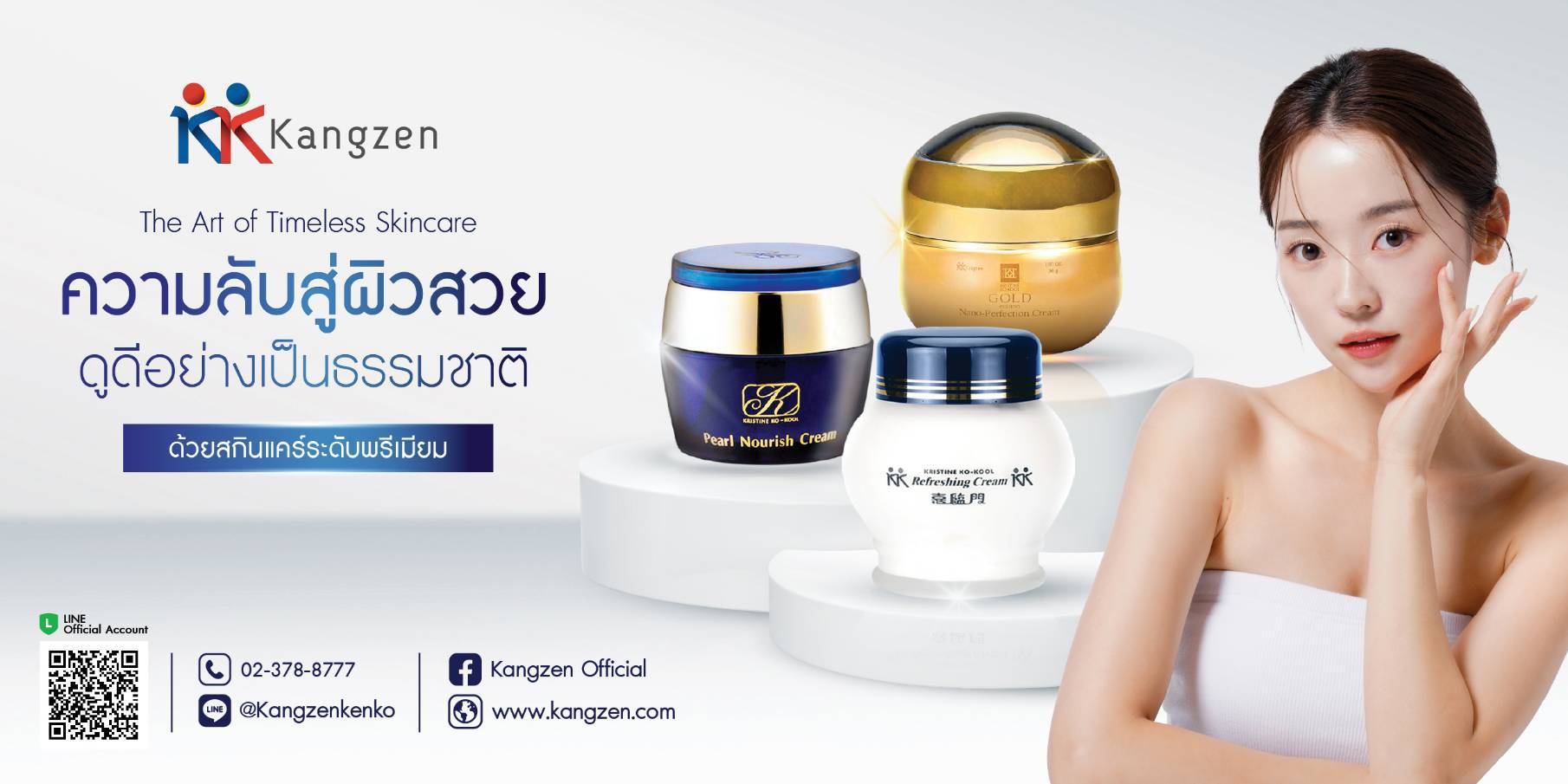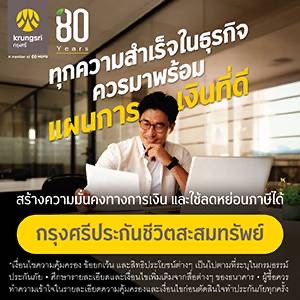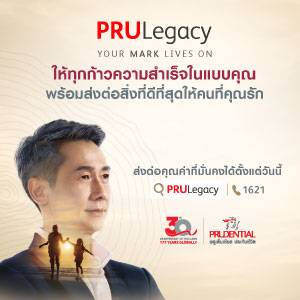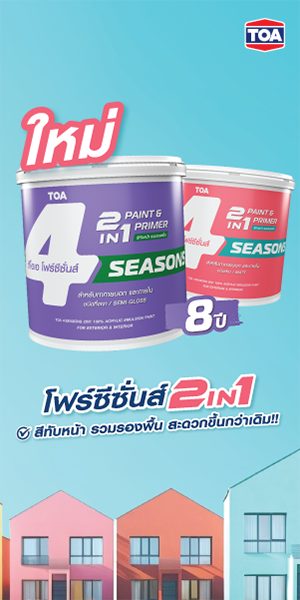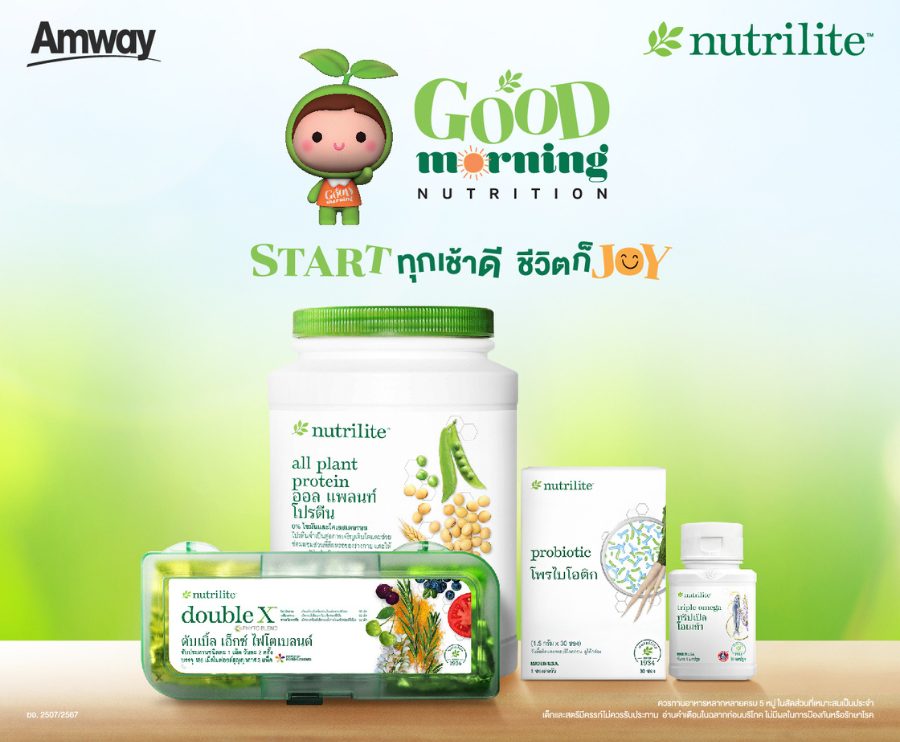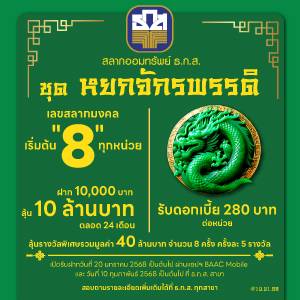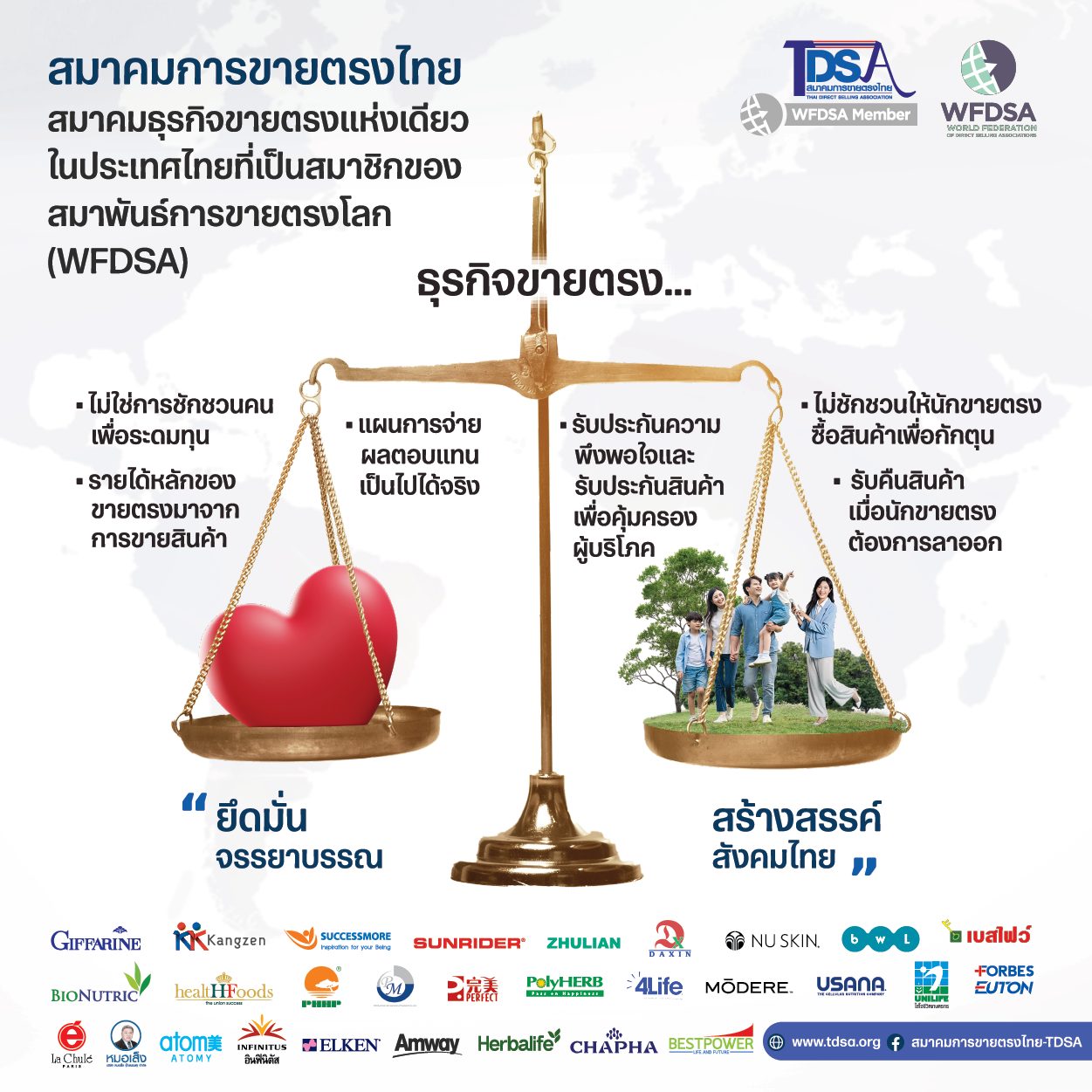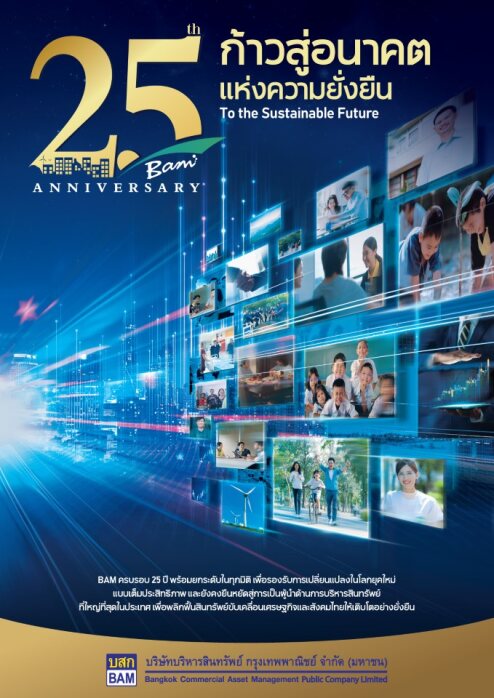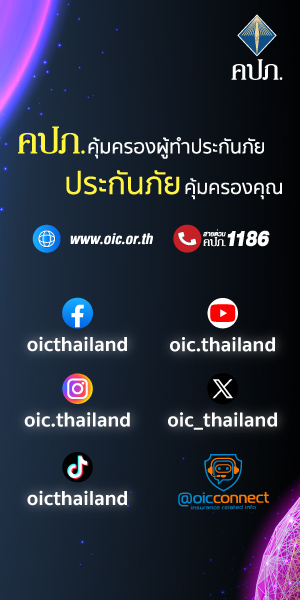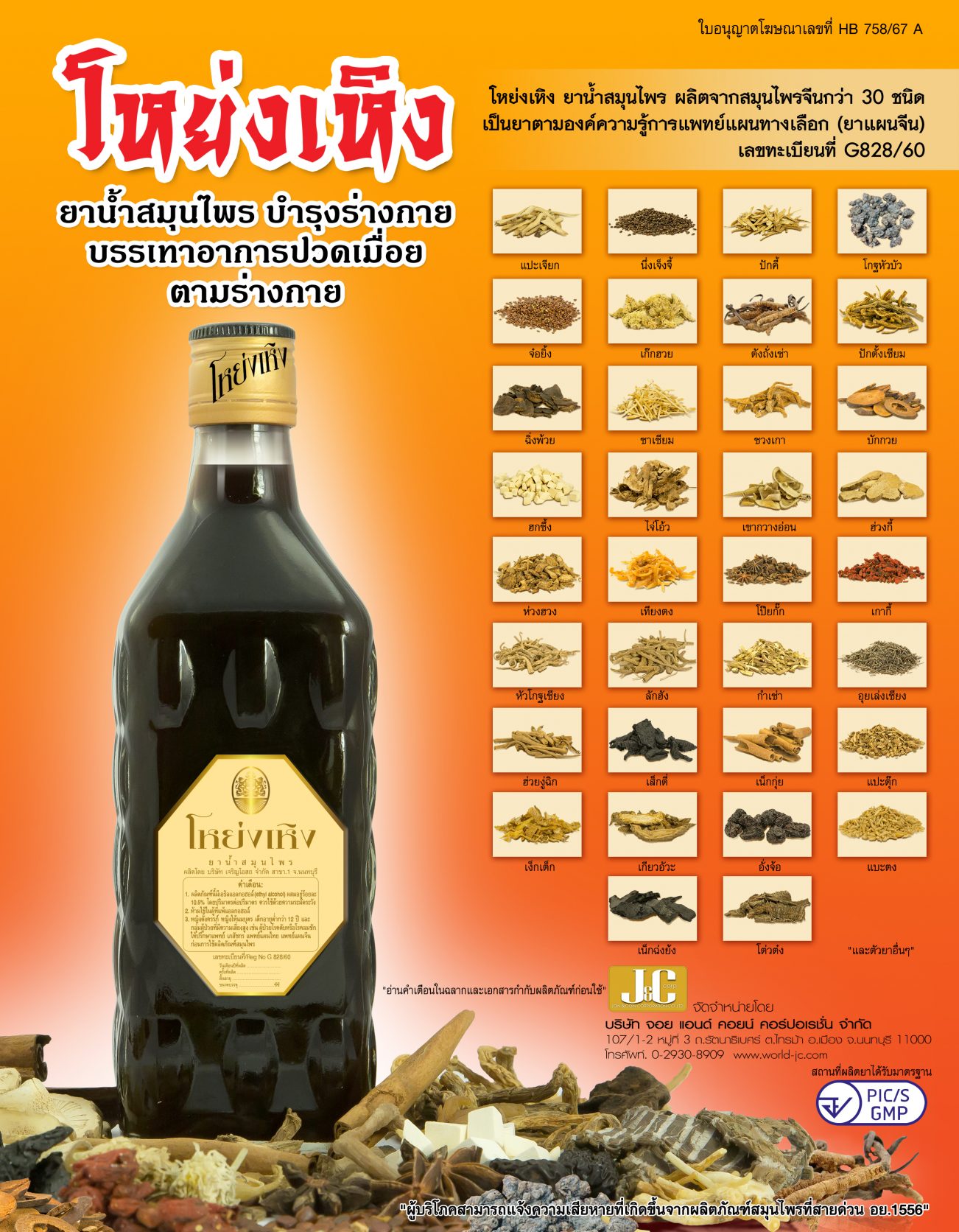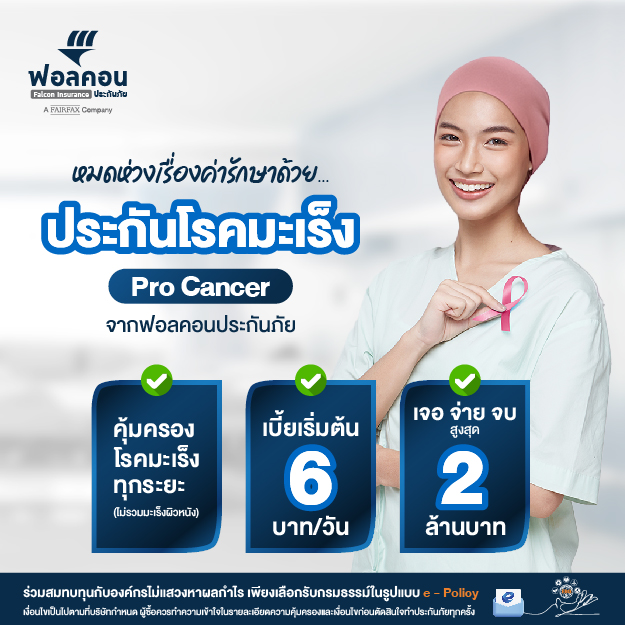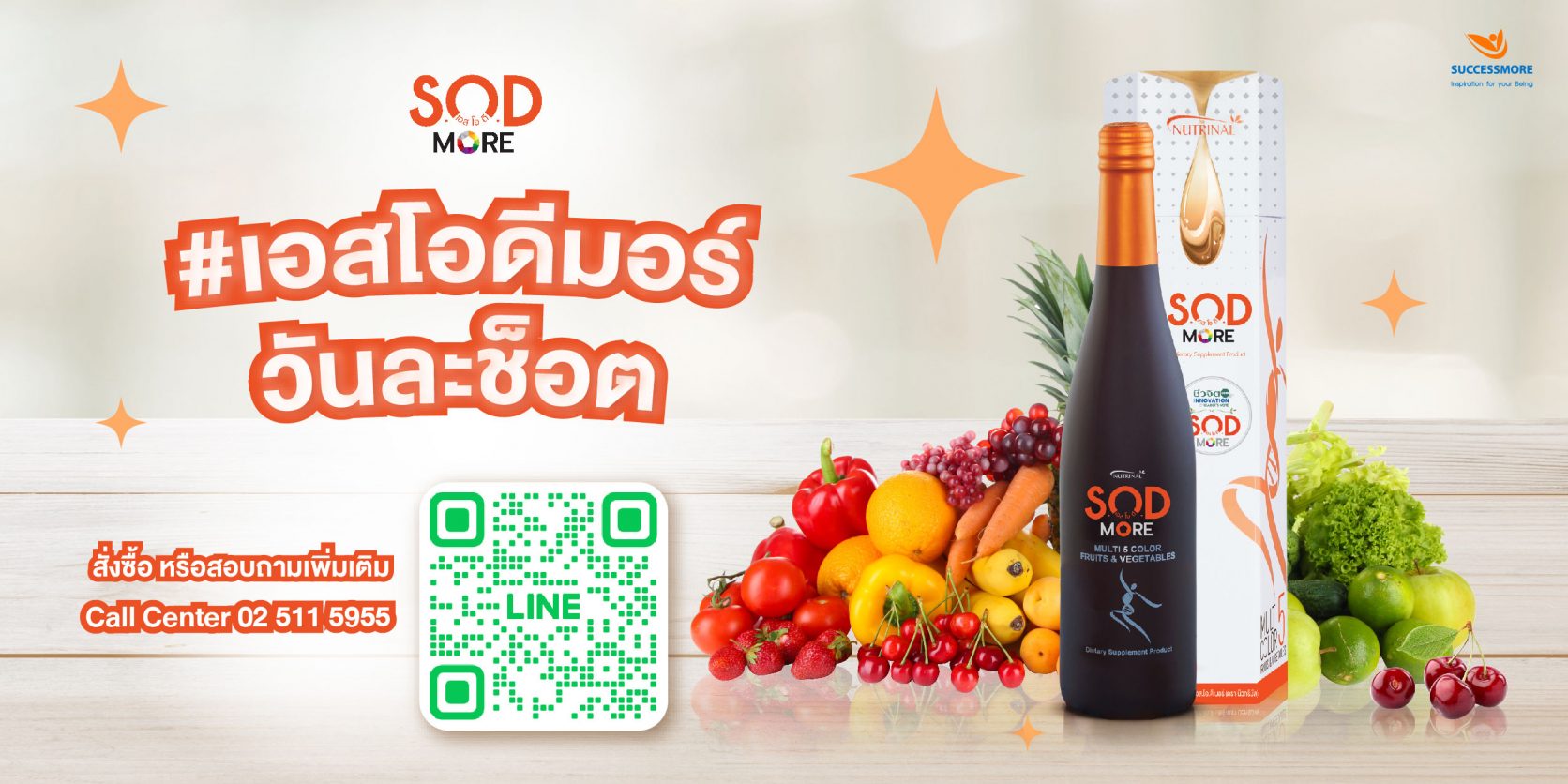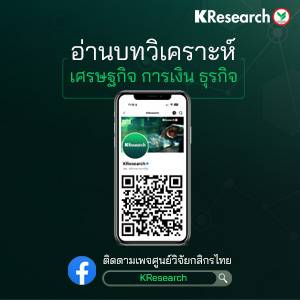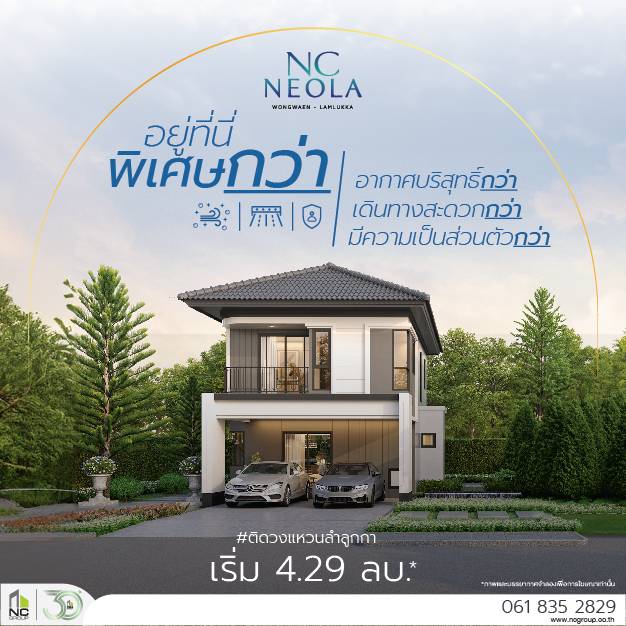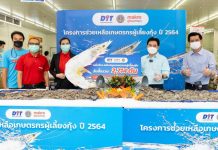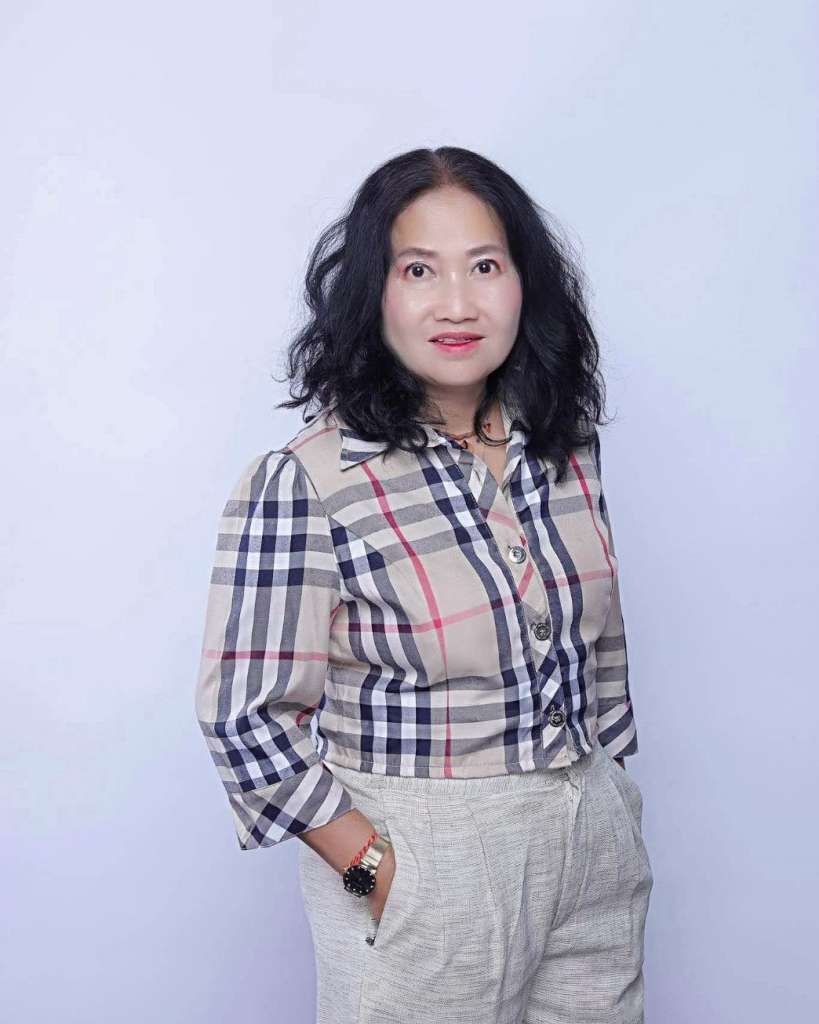31 กรกฎาคม 2568 – กรุงเทพฯ : เอสซีจี เผยผลประกอบการปรับตัวดีขึ้นต่อเนื่อง ครึ่งปีแรก 2568 กระแสเงินสด (EBITDA) แกร่งขึ้น อยู่ที่ 30,320 ล้านบาท ขณะที่หนี้สินสุทธิลดลงจากสิ้นไตรมาส 1/2568 ลดลงเกือบหมื่นล้านบาท จากการปรับตัวของทุกธุรกิจ ปรับพอร์ตลงทุน หยุดธุรกิจไม่ทำกำไร ประเมินเศรษฐกิจไทย อาเซียน และโลก ครึ่งปีหลัง 2568 ยังท้าทายสูง จากภาษีนำเข้าสหรัฐฯ ความขัดแย้งทางภูมิรัฐศาสตร์ และราคาพลังงานผันผวน เร่งเครื่องธุรกิจ ชูฐานผลิตหลากหลายใน “อาเซียน” “ลดต้นทุน” แข่งขันกับผู้ผลิตระดับโลก ดัน “สินค้า Smart Value – HVA – Green” รุกตลาดเติบโต พร้อมเคาะเงินปันผลระหว่างกาล 2.50 บาท/หุ้น ดูแลผู้ถือหุ้นต่อเนื่อง
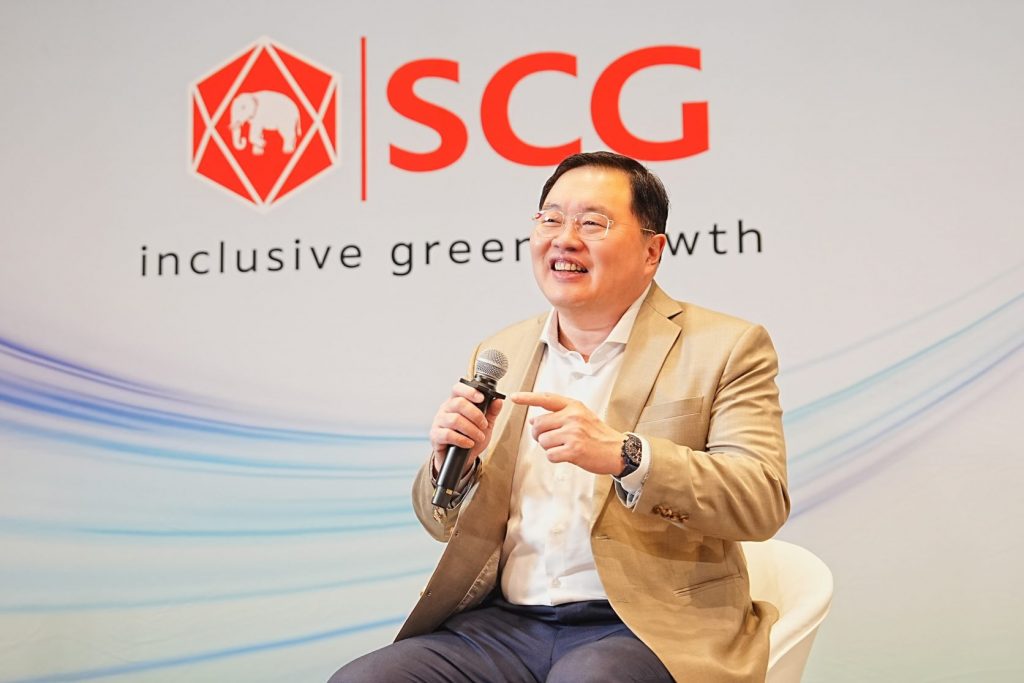
นายธรรมศักดิ์ เศรษฐอุดม กรรมการผู้จัดการใหญ่ เอสซีจี กล่าวว่า “เอสซีจี มุ่งดำเนินมาตรการเสริมความเข้มแข็งทางการเงินมาต่อเนื่องตั้งแต่กลางปี 2567 ทำให้ครึ่งปีแรกของปี 2568 กระแสเงินสด (EBITDA) แข็งแกร่งขึ้น อยู่ที่ 30,320 ล้านบาท ดีขึ้นกว่าครึ่งปีหลังของปี 2567 ร้อยละ 21 จากการปรับพอร์ตลงทุน การหยุดธุรกิจไม่ทำกำไร และการบริหารจัดการเพื่อเพิ่มประสิทธิภาพการดำเนินงานของทุกธุรกิจ โดยธุรกิจซีเมนต์และผลิตภัณฑ์ก่อสร้าง บริหารต้นทุนได้อย่างมีประสิทธิภาพ ธุรกิจแพคเกจจิ้ง (เอสซีจีพี) ปรับแผนผลิตเพื่อเพิ่มประสิทธิภาพ บริหารต้นทุนวัตถุดิบกระดาษรีไซเคิล ร่วมกับใช้เทคโนโลยีและ AI เพิ่มประสิทธิภาพจัดการต้นทุนได้ดี และธุรกิจเคมิคอลส์ (เอสซีจีซี) ฟื้นตัวอย่างค่อยเป็นค่อยไป ส่วนต่างราคาสินค้าเคมีภัณฑ์ (Gap) เริ่มปรับตัวดีขึ้นเล็กน้อยจากต้นทุนราคาน้ำมันดิบที่ลดลง
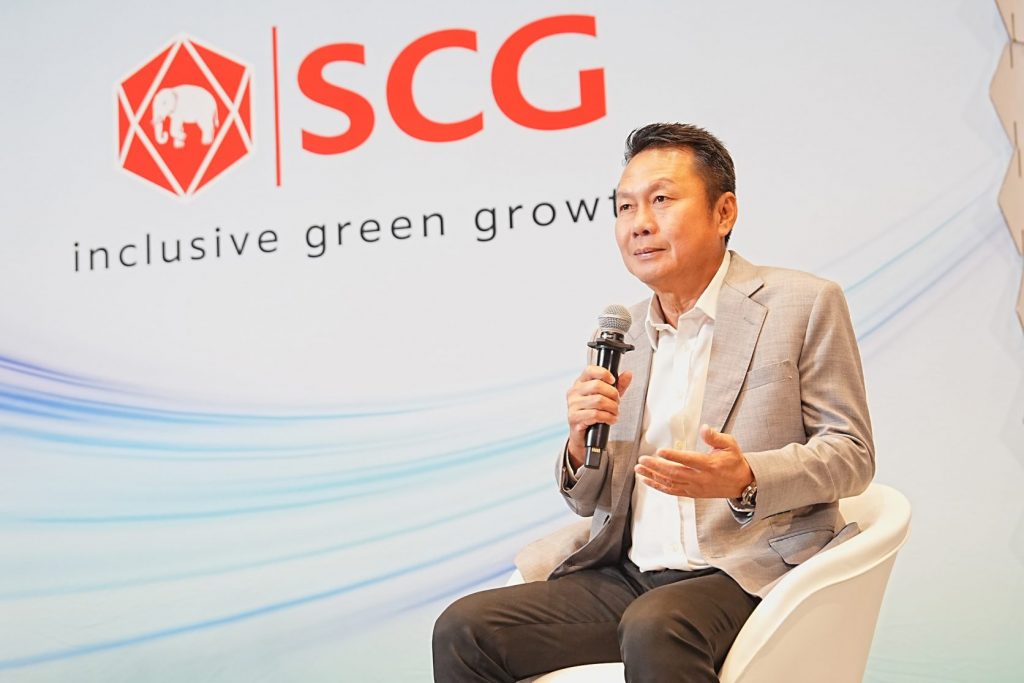
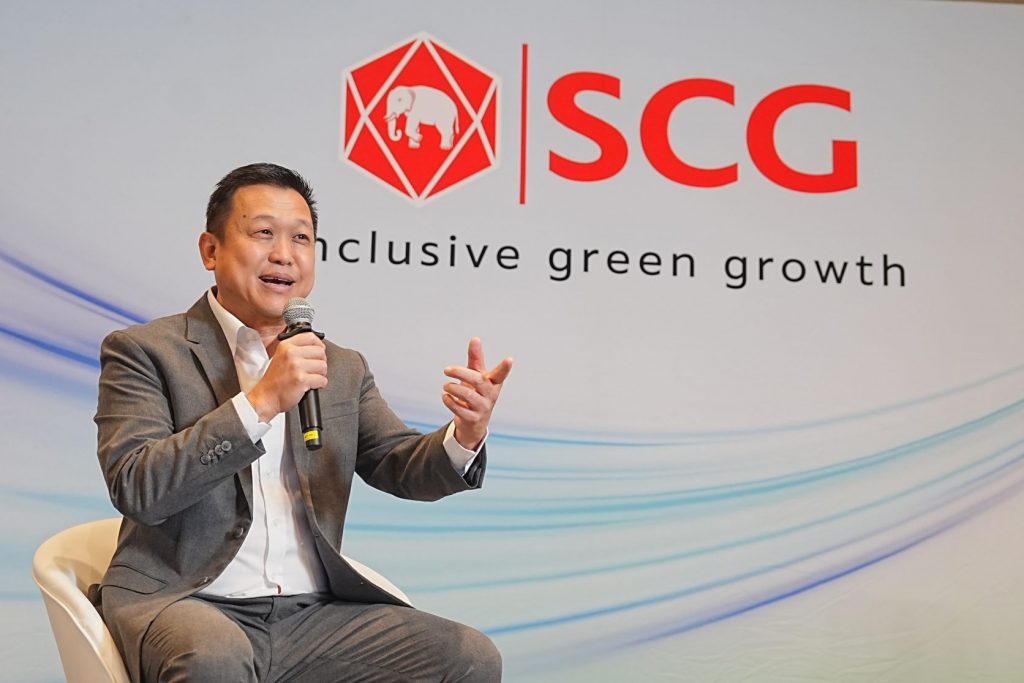
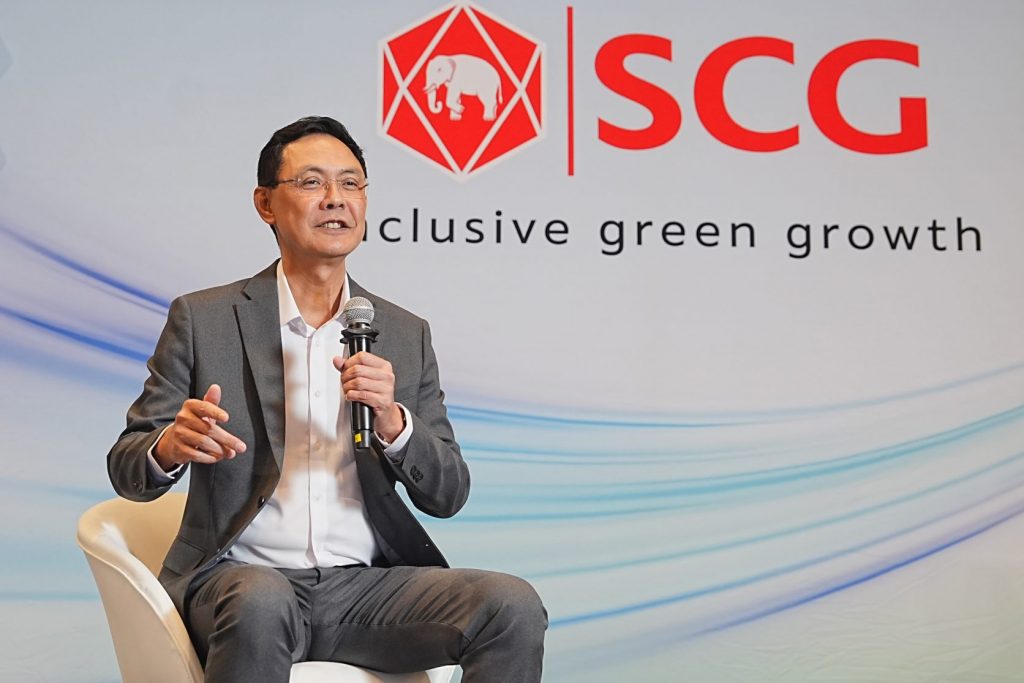
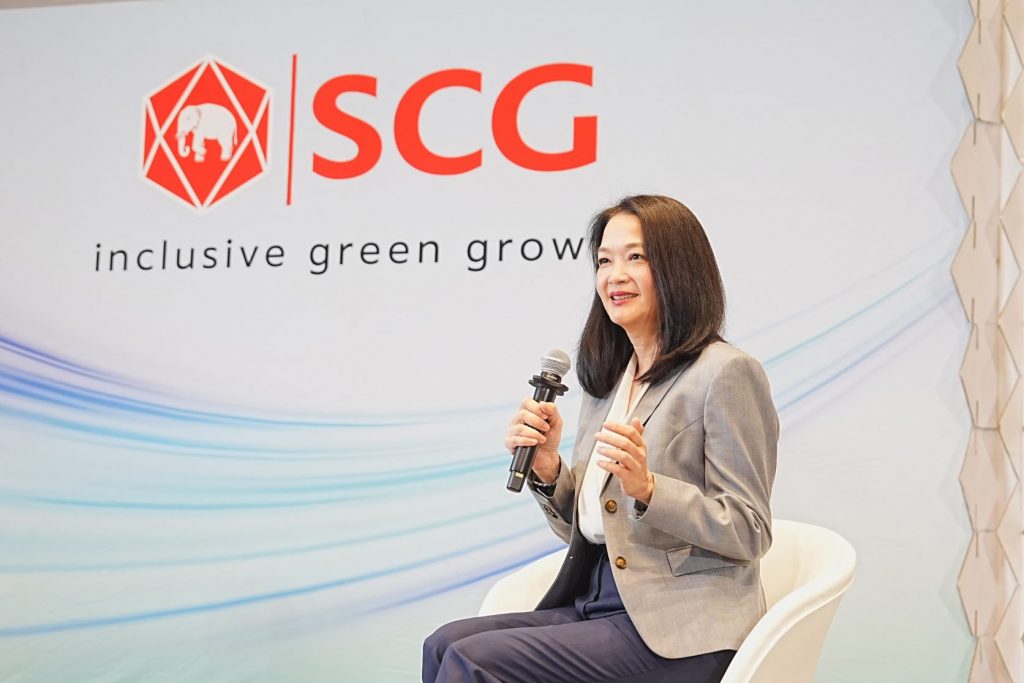
นอกจากนี้ เอสซีจี ยังมีรายได้เงินปันผลรับต่อเนื่องขณะที่ไตรมาส 2/2568 บริหารจัดการเงินทุนหมุนเวียน ลดลง 7,164 ล้านบาท จากไตรมาส 1/2568 หนี้สินสุทธิ ลดลง 8,365 ล้านบาท จากสิ้นไตรมาส 1/2568 และมีเงินสดคงเหลือ ณ สิ้นไตรมาส 2/2568 อยู่ที่ 45,542 ล้านบาท ด้านผลประกอบการครึ่งปีแรกของปี 2568 เอสซีจี มีรายได้ 249,077 ล้านบาท มีกำไรสุทธิ 18,436 ล้านบาท ทั้งนี้ หากไม่รวมรายการพิเศษจากการปรับโครงสร้างธุรกิจ จะมีกำไรอยู่ที่ 3,266 ล้านบาท
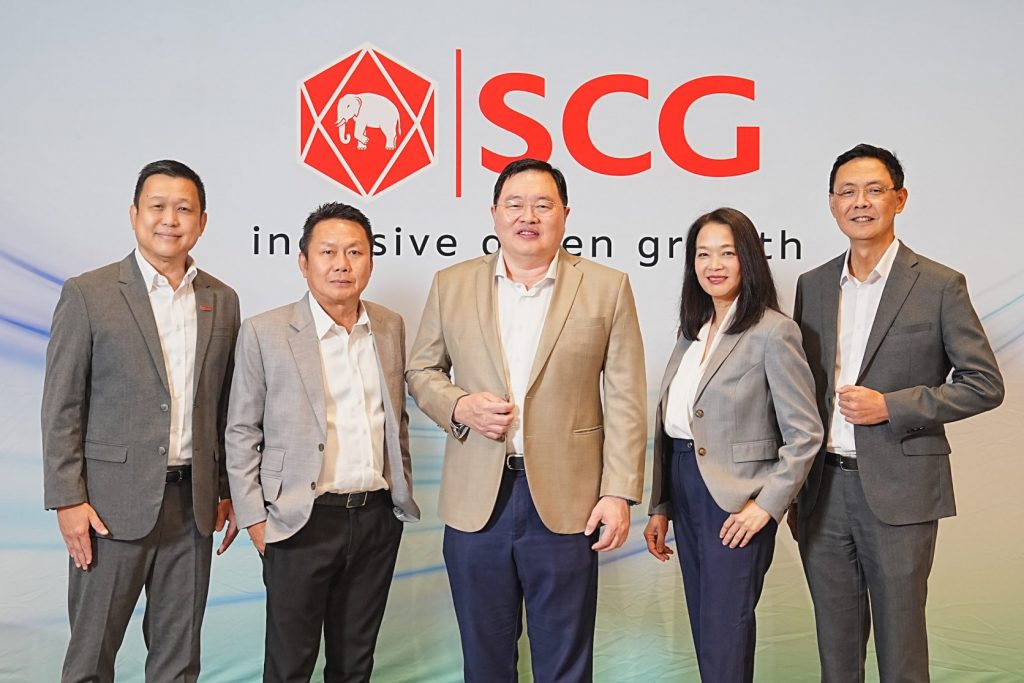
สำหรับการดำเนินงานที่สำคัญในครึ่งปีแรกของปี 2568 เช่น
• ลดต้นทุน แข่งขันกับผู้ผลิตระดับโลก เช่น เอสซีจีซี บริหารต้นทุนวัตถุดิบและเพิ่มมูลค่าผลิตภัณฑ์ที่เป็นผลพลอยได้จากสายผลิตภัณฑ์ ลดต้นทุนและเพิ่มมูลค่าได้ 912 ล้านบาท ปรับปรุงโรงงานให้เดินเต็มประสิทธิภาพ ลดต้นทุนได้ 616 ล้านบาท และลดเงินทุนหมุนเวียนลงได้ 6,989 ล้านบาท เอสซีจี ซีเมนต์แอนด์กรีนโซลูชันส์ ใช้พลังงานสะอาดและพลังงานทางเลือกในกระบวนการผลิต ลดต้นทุนได้ 1,100 ล้านบาท เอสซีจี เดคคอร์ เพิ่มการใช้พลังงานสะอาด เจรจาลดต้นทุนวัตถุดิบ บริหารจัดการสินค้าคงคลัง ลดต้นทุนได้ 146 ล้านบาทต่อปี และ เอสซีจี สมาร์ทลีฟวิง ใช้หุ่นยนต์และพลังงานสะอาดในกระบวนการผลิต ลดต้นทุนได้ 105 ล้านบาท
• ปรับโครงสร้างการดำเนินงานและธุรกิจ เช่น PT Chandra Asri Pacific Tbk. (CAP) ในอินโดนีเซีย และบางธุรกิจในทวีปยุโรป ของเอสซีจีซี รวมทั้งบางธุรกิจในอินโดนีเซีย ของเอสซีจี สมาร์ทลีฟวิง ช่วยประหยัดค่าใช้จ่ายต่อปีได้ประมาณ 1,200 ล้านบาท
• ขยายพอร์ตสินค้าให้รองรับความต้องการตลาดทุกระดับ เช่น เอสซีจีซี พัฒนาสินค้ามูลค่าเพิ่มสูง (High Value Added Products – HVA) ที่ตอบโจทย์กลุ่มโครงสร้างพื้นฐาน บรรจุภัณฑ์สำหรับผู้บริโภค ยานยนต์ การแพทย์และสุขภาพ รวมถึงโซลูชันด้านพลังงาน และ เอสซีจี เดคคอร์ ขยายพอร์ตสินค้าจากธุรกิจวัสดุตกแต่งพื้นผิวและสุขภัณฑ์ ไปยังการนำเข้าสินค้าในธุรกิจเกี่ยวเนื่อง อาทิ ปูนกาวและยาแนว ประตูและหน้าต่าง ท็อปเคาน์เตอร์ครัว และเจาะตลาดมูลค่าเพิ่มสูงด้วยสินค้า HVA เช่น กระเบื้องเกรซ พอร์ซเลน และสุขภัณฑ์สมาร์ท
อย่างไรก็ตาม เอสซีจี มองว่าสถานการณ์ครึ่งปีหลังของปี 2568 ยังท้าทายอยู่มาก จากเศรษฐกิจไทย อาเซียน และโลก ที่ได้รับผลกระทบจากภาษีนำเข้าสหรัฐฯ ความขัดแย้งทางภูมิรัฐศาสตร์ และราคาพลังงานผันผวน เอสซีจี จึงเร่งเพิ่มขีดความสามารถทางการแข่งขันของธุรกิจ (Business Competitiveness) เพื่อสู้กับทุกความท้าทายดังกล่าว ได้แก่
1.) ชูฐานผลิตหลากหลายใน “อาเซียน” (Regional Optimization) ซึ่งเป็นความแข็งแกร่งและได้เปรียบของเอสซีจี โดยเน้นผลิตและส่งออกจากเวียดนามที่ได้รับอัตราภาษีนำเข้าสหรัฐฯ ที่ได้เปรียบอยู่ที่ 20% และมีต้นทุนที่แข่งขันได้ ประกอบกับเป็นฐานการบริโภคที่มีศักยภาพเติบโตสูง เช่น เอสซีจีซี เตรียมแผนกลับมาดำเนินการเชิงพาณิชย์โรงงานลองเซิน ปิโตรเคมิคอลส์ เวียดนาม (LSP) ในช่วงปลายเดือนสิงหาคม 2568 ขณะที่โครงการเพิ่มขีดความสามารถทางการแข่งขันด้วยวัตถุดิบก๊าซอีเทนของ LSP คืบหน้าตามแผน คาดแล้วเสร็จปี 2570 เอสซีจี ซีเมนต์แอนด์กรีนโซลูชันส์ ขยายฐานผลิตปูนคาร์บอนต่ำในเวียดนามใต้ กำลังการผลิตสูงสุด 8,000 ตันต่อวัน รองรับตลาดเวียดนาม และส่งออกไปสหรัฐฯ แคนาดา ออสเตรเลีย ทวีปโอเชียเนีย เอสซีจี เดคคอร์ เพิ่มกำลังการผลิตกระเบื้องเกรซ พอร์ซเลนที่เวียดนาม ซึ่งเป็นสินค้าที่มีความต้องการสูง อีกทั้งบริหารต้นทุนการผลิตกระเบื้องให้แข่งขันกับผู้เล่นระดับโลกได้ และ เอสซีจีพี เดินหน้าเสริมแกร่งของธุรกิจบรรจุภัณฑ์ครบวงจรในเวียดนาม ครอบคลุมตั้งแต่การผลิตกระดาษบรรจุภัณฑ์ บรรจุภัณฑ์กระดาษ บรรจุภัณฑ์พอลิเมอร์ จนถึงบรรจุภัณฑ์อาหาร
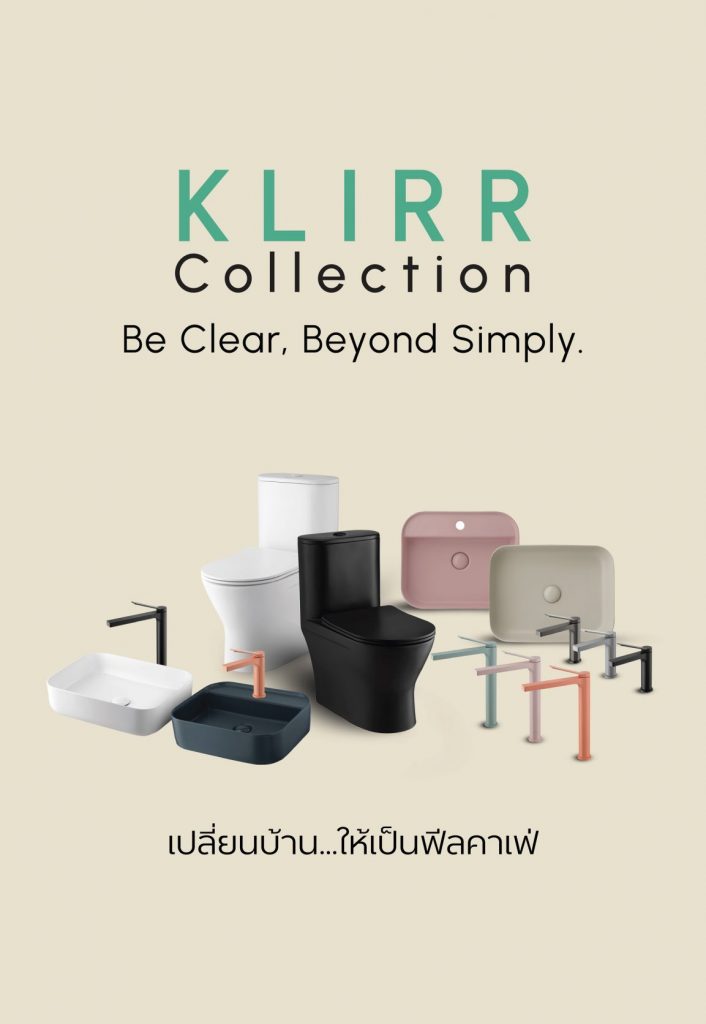
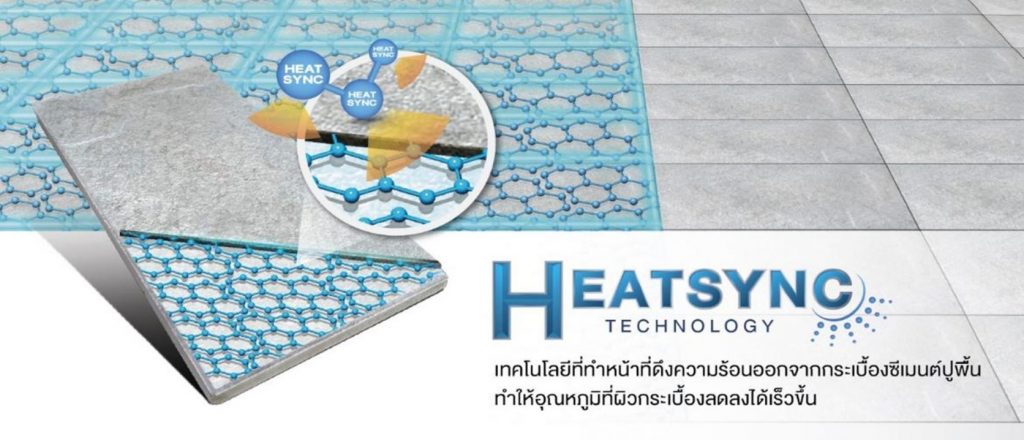
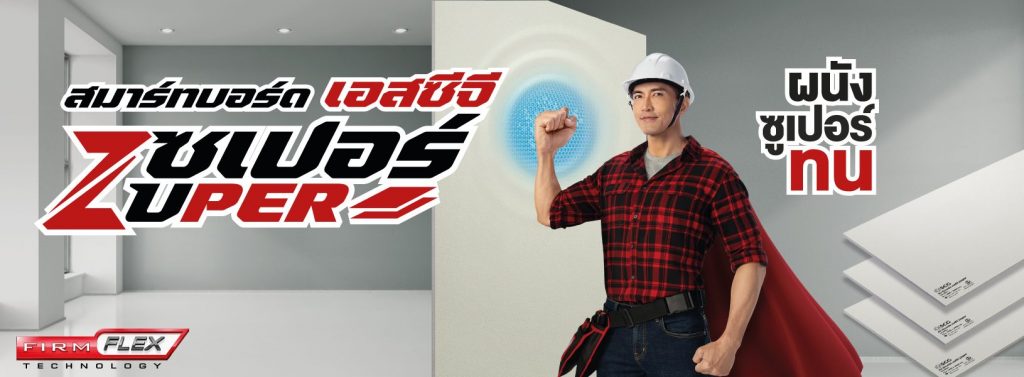
นอกจากนี้ เอสซีจี ยังมองหาโอกาสในตลาดอื่น ๆ ที่มีศักยภาพ เช่น ทวีปแอฟริกา มีการขยายตลาด “ปูนเม็ด” (Cement Clinker) ของเอสซีจี ดิสทริบิวชั่น แอนด์ รีเทล ทวีปเอเชีย มีการขยายตลาด “3D Printing Solution” เพื่อการก่อสร้างเสร็จไว ไร้ Waste ไปญี่ปุ่น ซาอุดิอาระเบีย มาเลเซีย ทวีปโอเชียเนีย มีการขยายตลาด “หลังคาและฝาฝ้า” ที่พัฒนาคุณสมบัติให้เหมาะกับลูกค้าออสเตรเลีย นิวซีแลนด์ ของเอสซีจี สมาร์ทลีฟวิง การขยายตลาด “ปูนเอสซีจี คาร์บอนต่ำ Gen 1 และ 2” ซึ่งได้รับการรับรอง มอก.ใหม่ 2594-2567 และ Environmental Product Declaration (EPD) North America รายแรกของไทย ไปออสเตรเลีย รวมทั้งเตรียมออก “ปูนเอสซีจี คาร์บอนต่ำ Gen 3” สู่ตลาดเป็นรายแรก โดยปัจจุบันอยู่ระหว่างทำ Pilot Project กับกว่า 15 โครงการ ของเอสซีจี ซีเมนต์แอนด์กรีนโซลูชันส์ ตลอดจนทวีปยุโรป ที่มีการขยายตลาด “กระเบื้องเกรซ พอร์ซเลน” ไปสาธารณรัฐเช็ก ของเอสซีจี เดคคอร์ และการปรับกระบวนการผลิต “บรรจุภัณฑ์อาหาร” เพื่อเสริมความสามารถในการแข่งขันด้านต้นทุน ของเอสซีจีพี
2.) “ลดต้นทุน” แข่งขันกับผู้ผลิตระดับโลก
• การใช้หุ่นยนต์และ AI เช่น เอสซีจี ซีเมนต์แอนด์กรีนโซลูชันส์ ใช้หุ่นยนต์บรรจุปูนซีเมนต์และลำเลียงไปยังคลังสินค้า และใช้ระบบจัดเก็บและเบิกจ่ายสินค้าอัตโนมัติ (AS/RS Warehouse System) ช่วยจัดสินค้าไปยังรถขนส่ง รวมทั้งร่วมกับพาร์ทเนอร์ พัฒนารถบรรทุกไฟฟ้าขนส่งในเหมือง (EV Mining Truck) แบบไร้คนขับเป็นรายแรกในไทย เอสซีจี สมาร์ทลีฟวิง ใช้ระบบอัตโนมัติผลิตกระเบื้องและครอบหลังคา และแผ่นฝ้าผนังสมาร์ทบอร์ด ทำให้ได้สินค้าคุณภาพมาตรฐาน ลดค่าใช้จ่ายจากของเสียในกระบวนการผลิต และลดต้นทุนบริหารจัดการ นอกจากนี้ ได้เริ่มใช้ AI ช่วยลดขั้นตอนออกแบบและพัฒนาสินค้าใหม่ เอสซีจี เดคคอร์ ใช้ระบบอัตโนมัติเคลื่อนย้ายชิ้นงานกระเบื้องและสุขภัณฑ์ในกระบวนการผลิตและบรรจุ รวมทั้งใช้ AI ช่วยออกแบบสินค้า จำลองกระบวนการก่อนผลิตจริง ตรวจสอบคุณภาพ รวมถึงบริหารคลังสินค้า และ เอสซีจีซี ใช้หุ่นยนต์บริหารจัดการโรงงาน อาทิ โรงงานนวพลาสติกอุตสาหกรรมที่ผลิตท่อและข้อต่อ PVC รวมถึงผลิตภัณฑ์สำเร็จรูปจาก PVC มีสัดส่วนการใช้หุ่นยนต์ (Robot Density) เทียบเท่าระดับ Best in Class ของโลก และใช้เทคโนโลยีดิจิทัลและ AI เพื่อลดระยะเวลาในการพัฒนาพอลิเมอร์
• การลดต้นทุนบริหารจัดการ จากการรวมศูนย์การผลิตของโรงงานที่มีความซ้ำซ้อน
3.) ดัน “สินค้า Smart Value – HVA – Green” รุกตลาดเติบโตสูง
• เร่งขยาย สินค้าราคาคุ้มค่า (Smart Value Products – SVP) ตอบสนองความต้องการของผู้บริโภคในสภาวะเศรษฐกิจปัจจุบัน เช่น “ปูน ADAMAX” ในเวียดนาม “ปูน 5 Star” ในกัมพูชา “ปูน Bezt” ในอินโดนีเซีย โดย เอสซีจี ซีเมนต์แอนด์กรีนโซลูชันส์¬ “หลังคาเซรามิก เอสซีจี รุ่น Celica Curve” โดย เอสซีจี สมาร์ทลีฟวิง และ “กระเบื้อง และสุขภัณฑ์ SOSUCO” โดย เอสซีจี เดคคอร์
• สินค้ามูลค่าเพิ่มสูง (High Value Added Products – HVA) และโซลูชัน เช่น “CHILLOX” โซลูชันประหยัดพลังงานสำหรับคลังสินค้าห้องเย็นที่ช่วยรักษาอุณหภูมิให้คงที่ ลดการใช้ไฟฟ้า และกักเก็บความเย็นได้นานในกรณีฉุกเฉิน ซึ่งเป็นการนำผลพลอยได้จากกระบวนการผลิตของโรงงานพอลิโอเลฟินส์มาต่อยอดสร้างโอกาสทางธุรกิจ รวมทั้งต่อยอดความเชี่ยวชาญสร้างโอกาสทางธุรกิจใหม่ อาทิ “DRS” (Digital Reliability Service Solutions) บริการด้านดิจิทัลโซลูชันอัจฉริยะสำหรับภาคอุตสาหกรรมครบวงจรรายแรกของโลก โดย เอสซีจีซี “ฝาปิดท่อคอนกรีตกำลังอัดสูงสำหรับท่อร้อยสายไฟใต้ดิน” ที่ใช้เทคโนโลยีคอนกรีตสมรรถนะสูงพิเศษ เพิ่มความแข็งแรง ทนทาน ช่วยลดอุบัติเหตุและลดเสียงดังเมื่อรถวิ่งผ่าน และ “ปูนจับเซี้ยมสำเร็จรูป” สำหรับปั้นก้อนแต่งมุมให้เรียบตรงและได้ฉาก รายแรกในไทย โดย เอสซีจี ซีเมนต์แอนด์กรีนโซลูชันส์ “ONNEX ArcBox” นวัตกรรมป้องกันไฟไหม้ลุกลามแผงโซลาร์ที่ใช้เทคโนโลยีจากอังกฤษ และ “ผนังสมาร์ทบอร์ด เอสซีจี ซูเปอร์” ที่พัฒนาให้แข็งแกร่งขึ้นและยืดหยุ่น โดย เอสซีจี สมาร์ทลีฟวิง “ฟิล์มติดอาคาร Raycoool” ที่ใช้เทคโนโลยี Radiative Cooling ช่วยสะท้อนรังสีความร้อนออกจากอาคาร ทำให้ในอาคารเย็นขึ้นและลดการใช้พลังงาน โดย เอสซีจี ดิสทริบิวชั่น แอนด์ รีเทล “สุขภัณฑ์อัตโนมัติ รุ่น Klirr” “วัสดุตกแต่งพื้นผิว Standard Click Lock” ติดตั้งไว กันน้ำ กันปลวก และ “กระเบื้อง X STRONG” กันรอยขีดข่วนและรับน้ำหนักเป็นพิเศษ พร้อมปล่อยประจุบวกเพื่อกำจัดเชื้อแบคทีเรียได้ โดย เอสซีจี เดคคอร์
• สินค้ากรีน (Green Products) เช่น “ประตูหน้าต่างไวนิลคาร์บอนต่ำ WINDSOR” รายแรกในไทย โดย เอสซีจีซี และ “กระเบื้องซีเมนต์ปูพื้น DECAAR by SCG รุ่นคอมฟอร์ท” ที่มีเทคโนโลยี HeatSync ช่วยสะท้อนความร้อนได้ดีและคายความร้อนได้เร็ว โดย เอสซีจี สมาร์ทลีฟวิง”
นายธรรมศักดิ์ กล่าวทิ้งท้ายว่า “แม้สถานการณ์สงครามการค้าจะยังไม่แน่นอน เอสซีจี เชื่อมั่นว่ากลยุทธ์ที่ชัดเจน การปรับตัวที่รวดเร็ว และความทุ่มเทของทีมงานทุกกลุ่มธุรกิจ จะช่วยรักษาความแข็งแกร่งทางการเงินและความสามารถทางการแข่งขันขององค์กรไว้ได้ อีกทั้งความร่วมมือกับพันธมิตรทั้งระบบนิเวศทางธุรกิจ ยังคงเป็นหัวใจสำคัญของการเติบโตอย่างยั่งยืน เอสซีจี จึงร่วมกับภาคส่วนต่าง ๆ จัดโครงการ ‘NZAP: Net Zero Accelerator Program’ และ ‘Go Together’ ต่อเนื่อง รวมทั้งจัด Leadership Forum ในงาน ‘ESG Symposium’ ช่วงสิงหาคม – ตุลาคม 2568 ซึ่งเชิญองค์กรชั้นนำระดับโลก เช่น สำนักงานประสานงานการพัฒนาแห่งสหประชาชาติ (DCO) สถาบันเทคโนโลยีแมสซาชูเซตส์ (MIT) รวมทั้งองค์กรชั้นนำระดับประเทศ เช่น ธนาคารแห่งประเทศไทย สถาบันวิจัยเพื่อการพัฒนาประเทศไทย (TDRI) และสมาพันธ์เอสเอ็มอีไทย มาร่วมหาแนวทางเพิ่มขีดความสามารถทางการแข่งขันให้ธุรกิจ ตลอดจนผลักดันการปรับโครงสร้างเศรษฐกิจไทยให้ขับเคลื่อนสู่สังคมคาร์บอนต่ำ (Green Transition) และพร้อมแข่งขันระดับโลกท่ามกลางความท้าทายต่าง ๆ ได้”
ทั้งนี้ คณะกรรมการบริษัทฯ อนุมัติจ่ายเงินปันผลระหว่างกาล
SCG Announces Continued Improvement in Q2 and H1/2025 Performance with Stronger EBITDA and Reduced Debt; Accelerates Global Resilience Strategy in H2 with Regional Optimization, Cost Reduction to Boost Business Competitiveness, and Expansion in Smart Value, HVA, and Green Products;
Approves Interim Dividend of 2.50 Baht/Share
July 31, 2025 – Bangkok: SCG has announced continued improvement in its operating results for the first half of 2025, with a stronger EBITDA of 30,320 MB. Net debt declined by nearly 10,000 MB, driven by ongoing adjustments across all business units, including investment portfolio restructuring and the discontinuation of unprofitable businesses. Looking ahead, SCG anticipates that the economic landscape in Thailand, ASEAN, and globally will remain highly challenging in the second half of 2025 due to factors such as U.S. tariffs, geopolitical conflicts, and volatile energy prices. The company is accelerating its business operations through regional optimization across its production bases in ASEAN, cost reduction to boost business competitiveness, and expanding Smart Value, HVA, and Green Products to tap into growth markets. Additionally, an interim dividend of 2.50 Baht per share has been approved, demonstrating the company’s continued commitment to its shareholders.
Thammasak Sethaudom, President and CEO of SCG, said, “SCG has consistently implemented measures to strengthen its financial position since mid-2024. This has resulted in a stronger EBITDA for the first half of 2025, which stands at 30,320 MB, an increase of 21% from the second half of 2024. This improvement is attributed to investment portfolio adjustments, the discontinuation of unprofitable businesses, and management initiatives to enhance operational efficiency across all units. Specifically, the Cement and Building Materials business has managed costs effectively; the Packaging business (SCGP) has successfully optimized production planning, effective cost management of recovered paper, and the use of technology and AI to enhance cost efficiency; while the Chemicals business (SCGC) has shown a gradual recovery. The chemical product price spread (Gap) has begun to improve slightly due to declining crude oil costs. In addition, SCG continues to receive recurring dividend income.
In Q2/2025, working capital was efficiently managed, decreasing by 7,164 MB compared to Q1/2025. Net debt declined by 8,365 MB from the end of Q1/2025. Cash on hand at the end of Q2/2025 stood at 45,542 MB.
For its H1/2025 operating results, SCG reported revenue of 249,077 MB and a net profit of 18,436 MB. Excluding extra items related to business restructuring, the profit amounted to 3,266 MB.
Key operational highlights for the first half of 2025 include:
• Reducing costs to compete with global manufacturers. For example, SCGC optimized raw material costs and enhanced the value of by-products, resulting in cost savings and value creation of 912 MB. The company also improved plant operations to maximize efficiency, achieving additional cost savings of 616 MB, and reduced working capital by 6,989 MB. SCG Cement and Green Solutions utilized eco-friendly and alternative energy sources in production processes, lowering costs by 1,100 MB. SCG Decor increased usage of clean energy, negotiated for lower raw material costs, and efficiently managed inventory — resulting in total cost savings of over 146 MB per year. SCG Smart Living implements robotics and clean energy in production process, saving 105 MB in costs.
• Operational and business restructuring efforts. For example, PT Chandra Asri Pacific Tbk. (CAP) in Indonesia and some SCGC operations in Europe, and some businesses under SCG Smart Living in Indonesia helped reduce costs and expenses by over 15,170 MB in Q2/2025.
• Expansion of the product portfolio to meet demand across all market segments. For example, SCGC developed High Value Added Products (HVA) to serve key sectors, including infrastructure, consumer packaging, automotive, medical and healthcare, and energy solutions. SCG Decor has expanded its product portfolio from decorative surface and bathroom to import of complementary products such as tire adhesive and grout, doors and windows, and kitchen worktops. It is also tapping into high-value segments with HVA products such as glazed porcelain tile and smart sanitary ware.
However, SCG views the outlook for the second half of 2025 as highly challenging, with the economies of Thailand, ASEAN, and the world affected by U.S. tariffs, geopolitical conflicts, and volatile energy prices. Therefore, SCG is accelerating efforts to enhance its business competitiveness to address these challenges, which include:
1.) Leveraging Diverse Production Bases in “ASEAN” (Regional Optimization). This is a key strength and competitive advantage for SCG. The strategy focuses on manufacturing in and exporting from Vietnam to capitalize on a favorable U.S. import tariff rate of 20% and competitive costs. This is combined with Vietnam being a domestic consumption base with high growth potential. For instance, SCGC plans to resume operations at the Long Son Petrochemicals (LSP) plant in Vietnam in late August 2025. Meanwhile, the project to enhance LSP’s competitiveness using ethane feedstock is progressing as planned, with completion expected in 2027. SCG Cement and Green Solutions is expanding its Low Carbon Cement production base in South Vietnam. With a maximum capacity of 8,000 tons per day, the facility will serve the domestic Vietnamese market and support exports to the United States, Canada, Australia and Oceania. SCG Decor increased production capacity of glazed porcelain tile in Vietnam to serve the growing market demand and reduced production cost to match those of world-class player. SCGP continues to strengthen its integrated packaging business in Vietnam, which covers the entire value chain from packaging paper production to paper packaging, polymer packaging, and foodservice packaging.
Furthermore, SCG is actively seeking opportunities in other high-potential markets. Examples include: In Africa, SCG Distribution and Retail expanded its “cement clinker” market. In Asia, the “3D Printing Solution” market has expanded rapidly, with a strategic shift to selling 3D Printing Mortar, enabling market entry into Japan, Saudi Arabia, and Malaysia for faster and waste-free building. In Oceania, SCG Smart Living has expanded “roofing and ceiling” products to Australia and New Zealand markets by selecting products tailored to meet the specific needs and usage requirements of each market. SCG Cement and Green Solutions also expanded the market for SCG “Low Carbon Cement Gen 1 and Gen 2”, which have been certified under the new Thai Industrial Standard 2594-2567 and awarded an Environmental Product Declaration (EPD) in North America, becoming the first Thai brand to achieve this. It is preparing to launch “SCG Low Carbon Cement Gen 3” as the first in the market and is currently conducting pilot projects with more than 15 sites. In Europe, SCG Decor has expanded the market for “glazed porcelain tiles” to Czech Republic, and SCGP has optimized “foodservice packaging production” for cost competitiveness.
2.) “Reducing costs” to Compete with Global Manufacturers
• The use of robotics and AI: For instance, SCG Cement and Green Solutions employ robotic systems to automate the packing of cement bags and their dispatch to the warehouse. Additionally, the company utilizes an Automated Storage and Retrieval System (AS/RS) to efficiently organize products for loading onto transport vehicles. In collaboration with strategic partners, SCG is also pioneering the development of Thailand’s first autonomous electric mining truck. SCG Smart Living has implemented automation systems in the production of roof tiles, ridge caps, and SmartBOARD wall and ceiling panels, resulting in standardized product quality, reduced production waste, and lower management costs. Furthermore, the company has commenced the adoption of AI technologies to enhance efficiency in the design and development of new products. SCG Decor engages automated systems to move tiles and sanitary ware during production process including applies AI to assist in product design, simulate processes before actual production, perform quality inspections, and manage its warehouse. SCGC uses robotics to manage its plant, such as at Nawaplastic Industries which produces PVC pipes, fittings, and finished PVC products, at a robot density ratio comparable to the global best-in-class level. And it also utilizes digital technology and AI to shorten polymer development and further enhance production efficiency.
• Reducing administrative costs by centralizing production from redundant plant operations.
3.) Expanding “Smart Value – HVA – Green Products” to Penetrate High-Growth Markets
• Smart Value Products (SVP) that meet consumer needs in the current economic climate. Examples include: “ADAMAX Cement” in Vietnam, “5 Star Cement” in Cambodia, and “Bezt Cement” in Indonesia by SCG Cement and Green Solutions. “SCG Ceramic Roof Tile – Celica Curve” by SCG Smart Living, and “SOSUCO tile and bathroom” by SCG Decor.
• High Value Added Products (HVA) and service solutions. Examples include: “CHILLOX,” an energy-saving solution for cold storage warehouses that maintains stable temperatures, reduces electricity consumption, and retains coldness during emergencies. This solution uses by-products from the polyolefins plant to create new business opportunities; and “DRS” (Digital Reliability Service Solutions), the world’s first fully integrated digital service solutions for industrial sectors, by SCGC; “High-strength concrete manhole covers for underground electrical conduit systems,” utilizing ultra-high performance concrete technology to enhance durability and reduce accidents and noise caused by passing vehicles; and the first-in-Thailand “re


